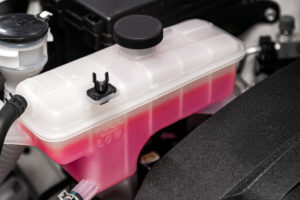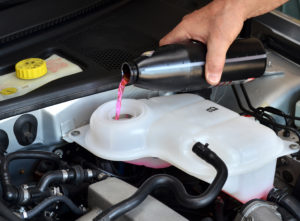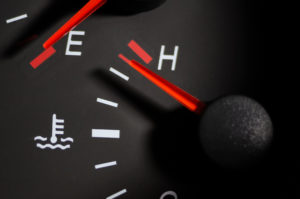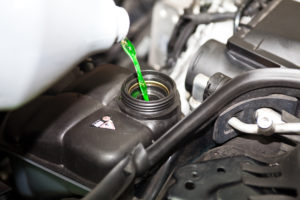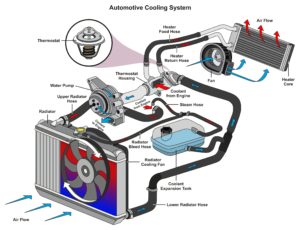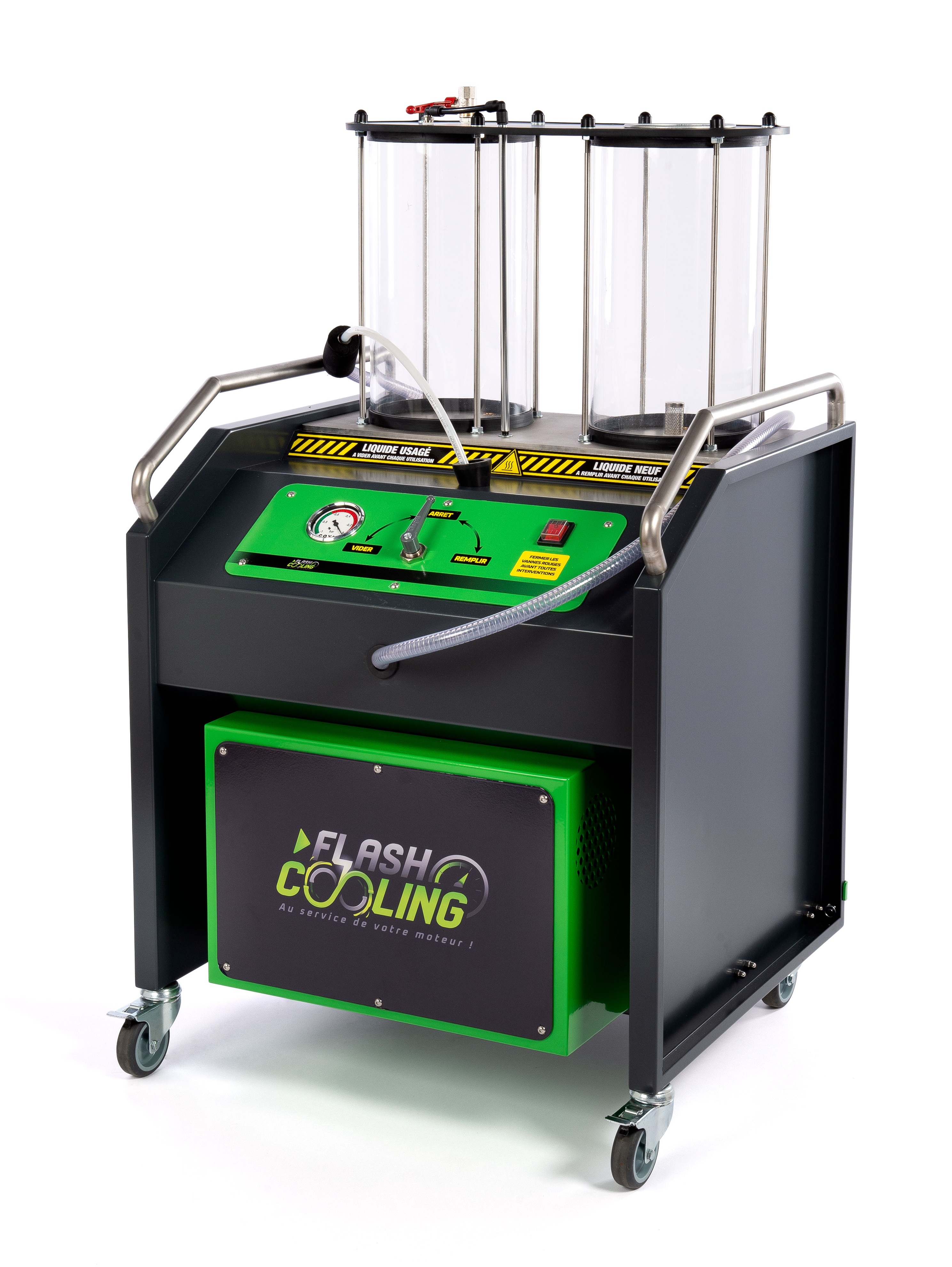An ideal coolant pH between 8 and 7
First of all, pH (hydrogen potential) measures the acidity or basicity of a solution. For example, for coolant, it should be between 8 and 7.
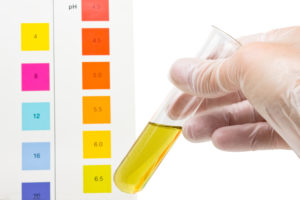 In this regard, it is important to check the pH of the coolant regularly. As a result, corrosion usually occurs in an engine when the coolant pH value is below 7.
In this regard, it is important to check the pH of the coolant regularly. As a result, corrosion usually occurs in an engine when the coolant pH value is below 7.
Indeed, over time, the antifreeze product loses its properties. It degrades in its quality making the coolant acidic. As a result, it causes general corrosion of cylinder liners, cylinder block and cylinder head, as well as water hoses and hoses.
Conversely, a very high coolant pH value is therefore just as bad. Especially since this can damage seals and components made of softer metals.
Problems associated with degraded coolant quality
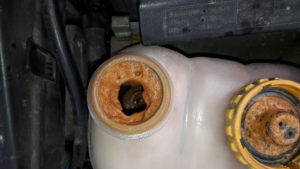 Overall, poor cooling system maintenance can lead to engine cooling problems and failures. Therefore, the most common problems observed in cooling systems are:
Overall, poor cooling system maintenance can lead to engine cooling problems and failures. Therefore, the most common problems observed in cooling systems are:
-
On the one hand, the appearance of rust.
- This means that there is oxidation within the system. The presence of rust can clog the cooling system and accelerate the wear of the parts.
-
On the other hand, the appearance of tartar.
- Thus, it is totally inadvisable to use tap water for the replacement or manufacture of coolant. This water contains mineral salts, mainly calcium and magnesium. These can solidify to form scale that can adhere to hot metal surfaces. As a result, this can clog the liquid passages in the circuit, favouring scale deposits in high temperature areas. This will impede heat transfer and lead to the formation of hot spots.
-
But also, the increase in acidity with decreasing pH.
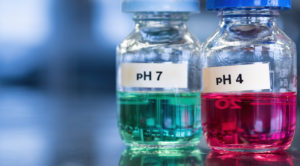 Over time, a glycol antifreeze reacts with oxygen in the air to form an acidic solution. Thus, a leak at the cylinder head gasket or elsewhere allows sulphuric acid formed by the composition of the fuel to enter the cooling system. As a result, this leads to corrosion on cast iron, steel or aluminium parts.
Over time, a glycol antifreeze reacts with oxygen in the air to form an acidic solution. Thus, a leak at the cylinder head gasket or elsewhere allows sulphuric acid formed by the composition of the fuel to enter the cooling system. As a result, this leads to corrosion on cast iron, steel or aluminium parts.
-
Also, corrosion of cylinder liners.
- The constant vibration of a cylinder liner causes the momentary formation of a surface depression. As a result, the coolant boils in the negative pressure area. Vapour bubbles cause corrosion of the unprotected liner surface. The formation of these corrosion pits which over time can pass through the liner and then allow coolant to pass into the combustion chamber or crankcase.
-
Finally, the appearance of moss:
Foaming corresponds to the introduction of air into the cooling circuit causing aeration of the liquid. This phenomenon amplifies the problem of cavitation erosion, particularly on the water pump impeller



